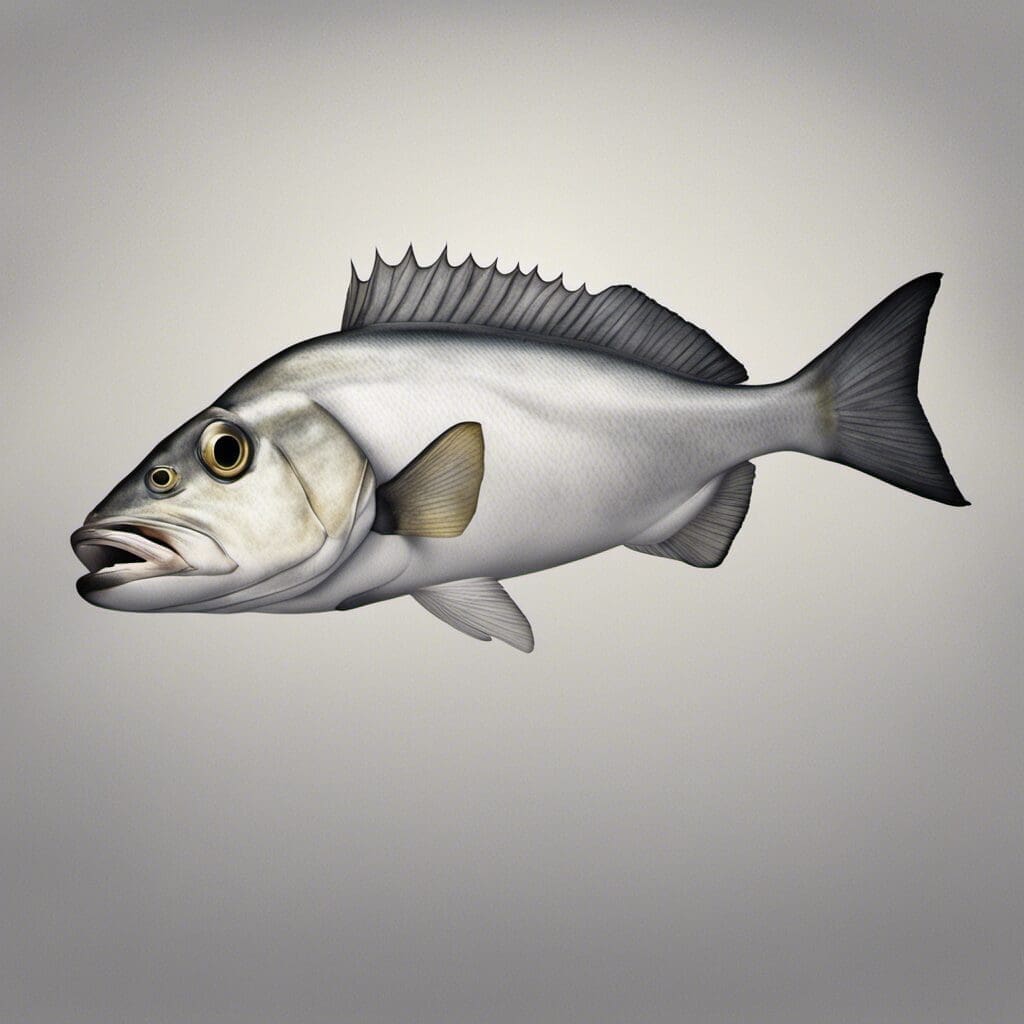Introduction
The Grey Tilefish, also known scientifically as Lopholatilus chamaeleonticeps, belongs to the Malacanthidae family. This elongated, deep-water species is recognized for its prominent dorsal crest and distinctive coloration, ranging from a mosaic of blue, green, and gold on the back, to rose and white hues on the belly.
Conservation Status
Though the Grey Tilefish does not have a specific conservation status, management of their population in the United States is handled by the Mid-Atlantic Fishery Management Council and the South Atlantic Fishery Management Council. These organizations have implemented measures such as size limits and seasonal closures to ensure the sustainable exploitation of this species.
Statistics
| Details | Average | Range |
|---|---|---|
| Length | 80cm | 50cm to 115cm |
| Weight | 9kg | 2.7kg to 30kg |
| Average Lifespan | 8-10 years |
Distribution
Grey Tilefish inhabit the Western Atlantic from Nova Scotia to Florida and throughout the Gulf of Mexico, as well as the warmer waters around Bermuda. They maintain a sedentary lifestyle and do not exhibit any known migration patterns.
Habitats
Grey Tilefish favors deep, cold oceanic water within the depth range of 50-500 meters beneath the surface. The temperature of this environment typically ranges from 8-12 degrees Celsius.
When and Where to See
This species is typically more active during the day. As Grey Tilefish do not migrate and are somewhat sedentary, they can be found in their preferred deep-water habitats all year-round.
Best Fishing Locations
Grey Tilefish are commonly caught along the eastern coast of the U.S., the Gulf of Mexico, and surrounding Bermuda. Here are a few known hotspots:
- Nantucket Shoals, Massachusetts
- Hudson Canyon, New York
- Cape Hatteras, North Carolina
- Florida Keys
- Gulf of Mexico
- Coast of Bermuda
General Tips
Due to their depth preference, Grey Tilefish can often be found near shelf edges or in submarine canyons.
How to Catch
Popular bait used for Grey Tilefish include squid and cut fish. Techniques typically involve deep water bottom fishing.
Identification Guide
Grey Tilefish have an elongated body, a prominent crest on their head, and colors that shift from bright blue and green on their back, to pink and white on their belly. A prominent characteristic is the golden spot located just behind and above the pectoral fins.
Culinary Details
The Grey Tilefish offers a sweet and delicate flavor with a firm texture, making it ideal for grilling, broiling or baking. It’s also rich in protein and Omega-3 fatty acids.
Additional Information
Grey Tilefish have a slow growth rate and late maturity. Their diet consists primarily of small invertebrates and fish. Aside from humans, sharks and larger fish species are known predators.
References and Further Reading
For more detailed info about Grey Tilefish, consider these sources:

